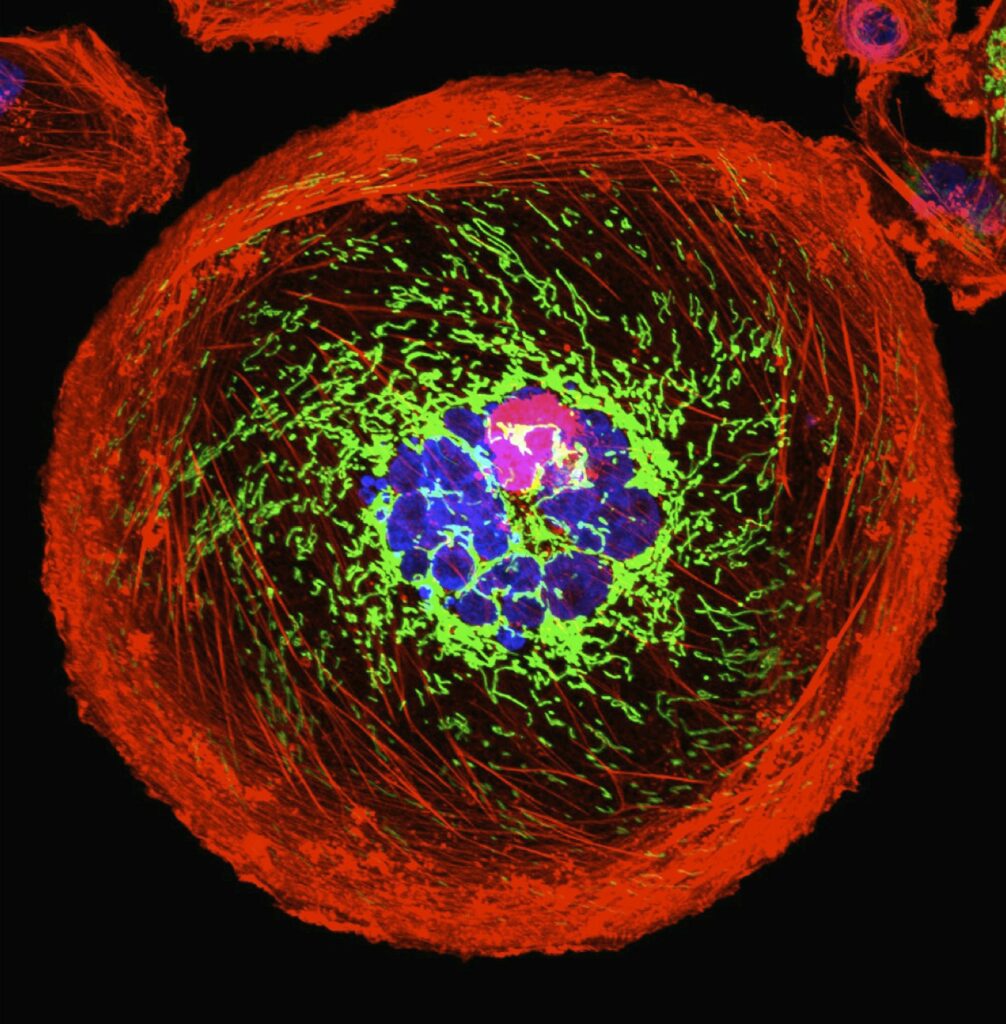Insider Brief
- Multiverse Computing used a digital twin and quantum optimization to boost the efficiency of green hydrogen production.
- The advance could lead to improving the economics of hydrogen production and reducing a significant source of greenhouse gas.
- Multiverse’s partners include IDEA Ingeniería and AMETIC, Spain’s digital industry association.
PRESS RELEASE — Multiverse Computing, a global leader in value-based quantum computing and machine learning solutions, has used a digital twin and quantum optimization to boost the efficiency of green hydrogen production. This work could change the economics of hydrogen production and reduce a significant source of greenhouse gas.
Multiverse’s partners in this work are IDEA Ingeniería, an engineering firm that specializes in renewable projects and digital twins, and AMETIC, Spain’s digital industry association. IDEA developed the digital twin ecosystem for optimizing the generation of green hydrogen. AMETIC is coordinating the overall project.
The quantum digital twin numerically simulates a green hydrogen production plant by using operating parameters of the plant as inputs. By using quantum algorithms to optimize the electrolysis process used for green hydrogen generation, the developed solution achieves a 5% increase in H2 production and associated revenue delivered by the quantum solver compared to the classical solver.
“Electrolysers are currently deployed at a small scale, making hydrogen production costly, so they require significant scale up in an affordable way,” said Enrique Lizaso Olmos, CEO of Multiverse Computing. “This project demonstrates how quantum algorithms can improve the production of green hydrogen to make renewable energy more cost-effective today and in the future.”

Using a classical solver to optimize hydrogen production, the virtual plant delivered 62,579 kg of green H2 and revenue of 154,204 euros. By using quantum-inspired tensor networks with Multiverse’s Singularity, the quantum approach delivered 65,421 kg and revenue of 160,616 euros. This represents a 5% increase in hydrogen production and a 5% increase in revenues produced.
“Green hydrogen will play a significant role in the transition towards a more sustainable and ecological energy landscape,” said Emilio Sanchez, Founder and CEO of IDEA Ingeniería. “The consortium’s continued progress in developing quantum solutions alongside other green technologies can help alleviate the effects of global warming.”
Currently, it’s more expensive to produce green hydrogen than traditional grey hydrogen.1 The traditional method uses electricity—usually generated by coal or natural gas—to separate water into hydrogen and oxygen. Green hydrogen is produced from renewable sources.
About 70 million tons of hydrogen are produced every year and used to refine oil and make ammonia-based fertilizer. The grey hydrogen production process generates between 9 and 12 tons of carbon dioxide for every one ton of hydrogen produced.2 Green hydrogen created from renewable sources is a clean-burning fuel that could reduce emissions from heating and industrial processes such as the production of steel, cement, and fertilizer.
Green hydrogen also could enable more efficient energy storage, as compressed hydrogen tanks can store energy for long periods of time and weigh less than lithium-ion batteries. In addition, it could make the transportation industry greener by decarbonizing shipping, aviation, and trucking.
Multiverse’s future plans for the initiative include increasing the input parameters to create a more realistic quantum digital twin and working with an energy company to validate the digital model, and continue working on the improvement of the quantum solution developed.
For more market insights, check out our latest quantum computing news here.




















